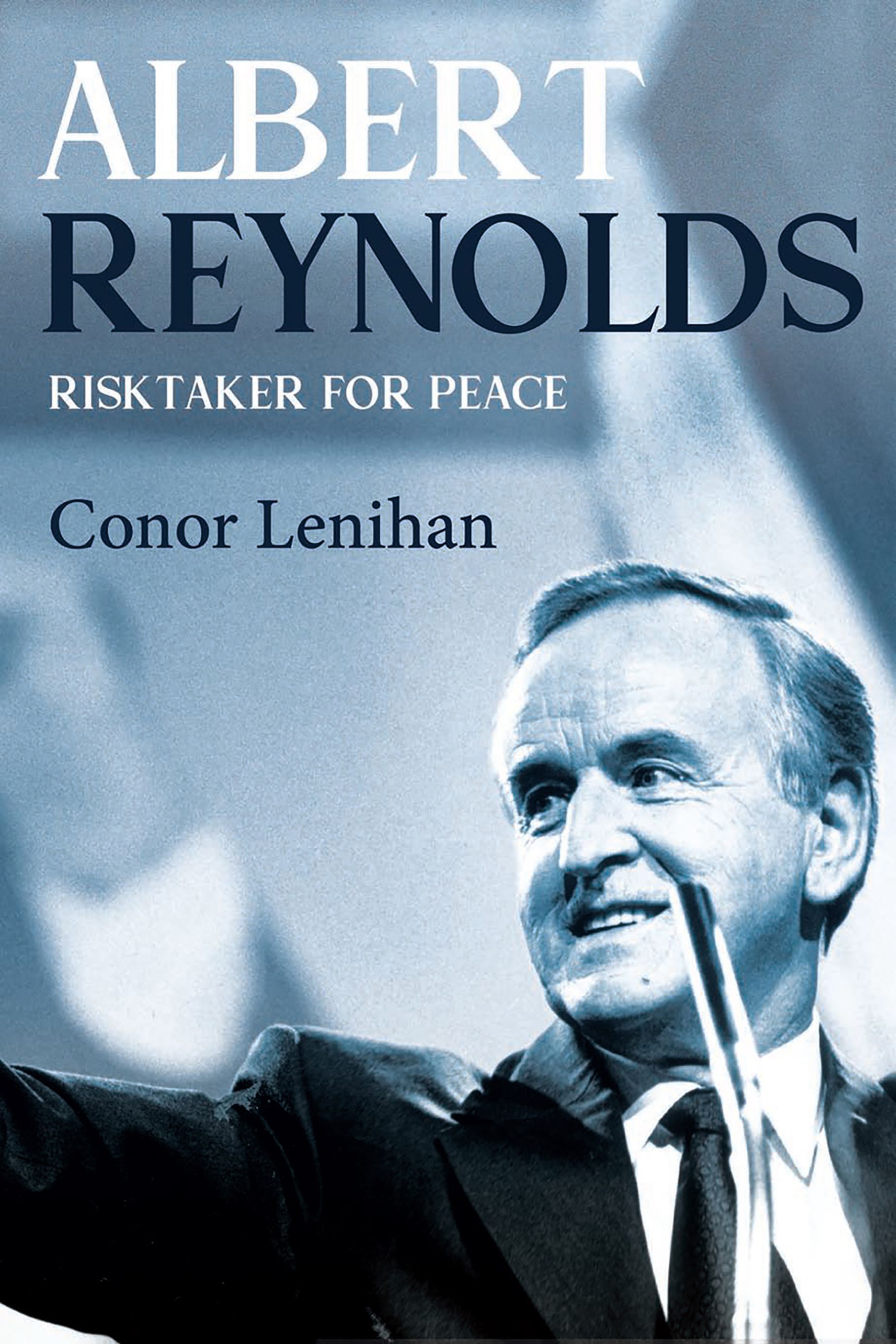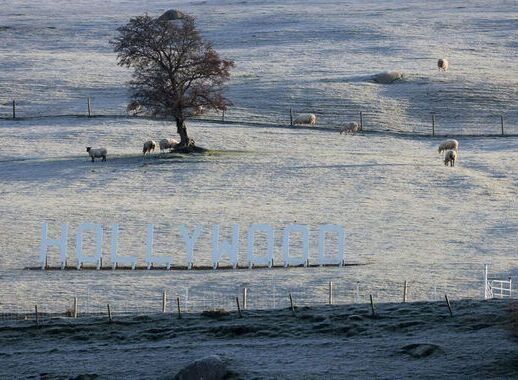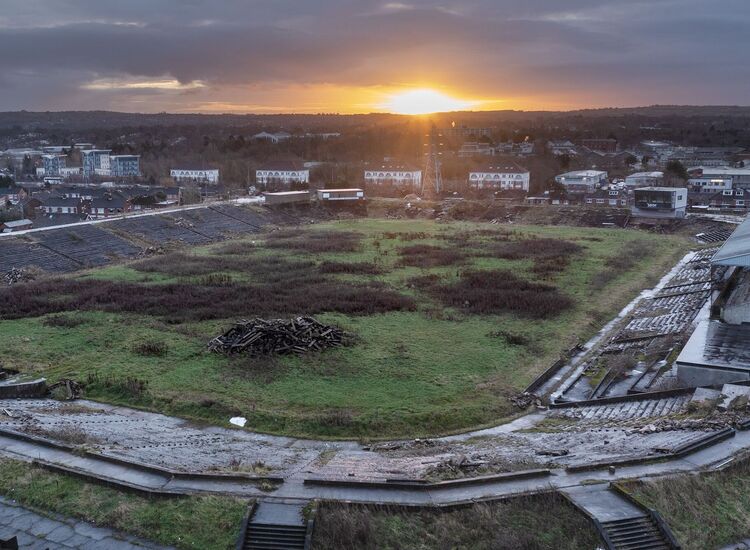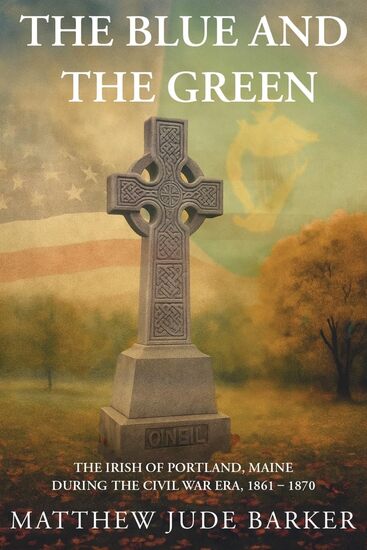In a newly published book former Irish Minister of State, Conor Lenihan, delivers an insider’s account that reveals the courageous personal risks that Taoiseach Albert Reynolds took to create the template for peace in Ireland, and the highs and lows of a tempestuous, risk-taking life. Lenihan here explains the inspiration for the book and the backdrop to it.
The early 1990s were a frenetic period for the building of peace on the island of Ireland. The Good Friday Agreement, signed in 1998, was the culmination of at least seven years of intense efforts by Dublin, London, Belfast and, critically, Washington.
In my book "Albert Reynolds: Risktaker for Peace," I focus on how, between 1992 and 1994, Reynolds created the template for peace in Ireland.
What is politely termed "the peace process" has its roots in the below the radar talks initiated by John Hume and Gerry Adams. These secret talks were a belated realization by both men that the IRA had reached, in chess terms, stalemate in their war with the British.
For John Hume, the discussions with Adams represented an opportunity to get away from the repeated failure of starting with all-party talks between constitutional parties in the hope that the paramilitaries would be forced to end their campaigns once a shared politics was seen to succeed.
There was much public condemnation of the Hume discussions with Adams, and even recrimination within the SDLP from people who hadn't been kept in the loop about their contents. To add to Hume's difficulties, the talks themselves were happening against a background of rising tit-for-tat killings by loyalist paramilitaries and the IRA.
Conor Lenihan.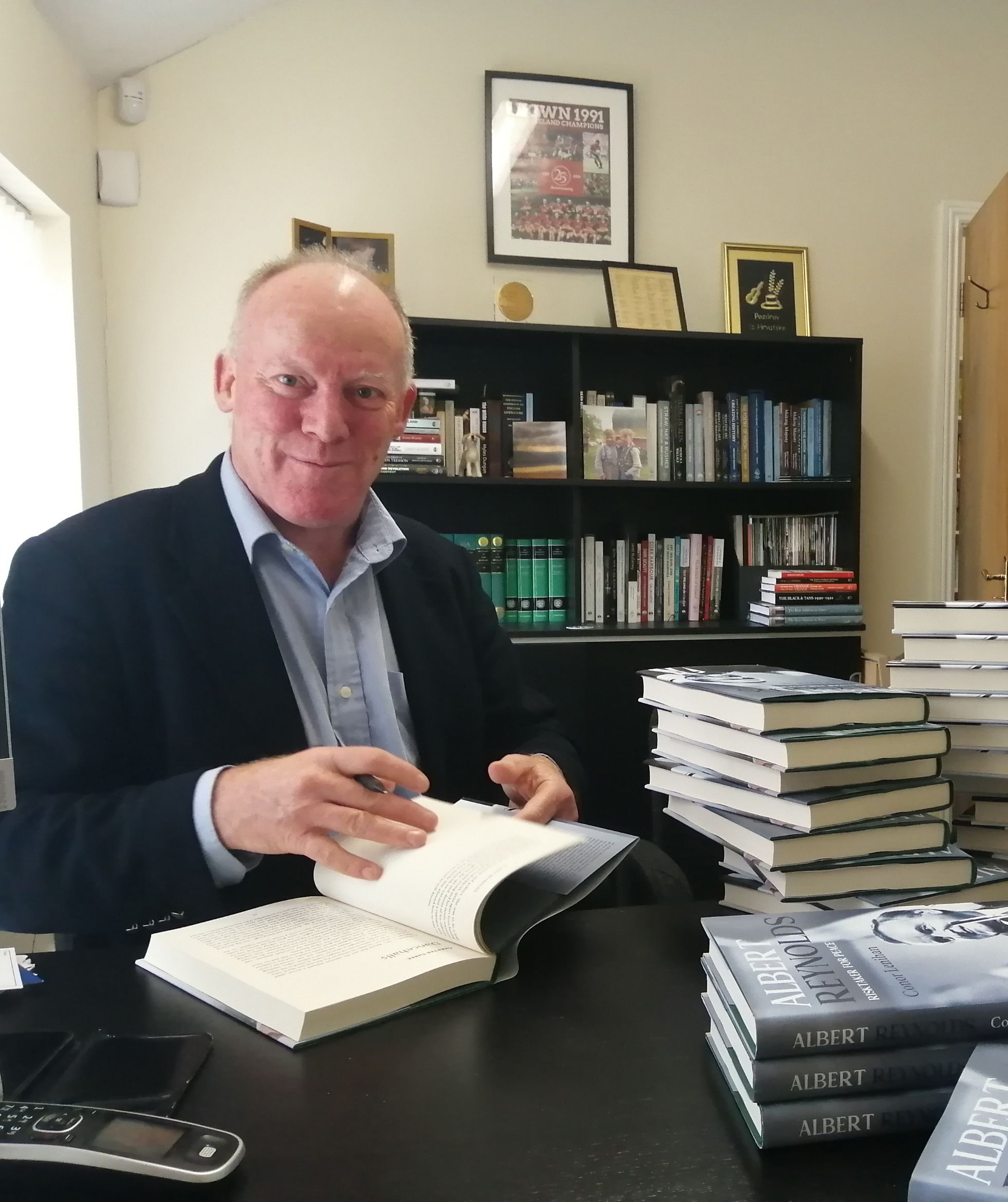
Albert Reynolds, conscious of the dangers of the Hume–Adams talks, and the possibility of a loyalist backlash, integrated the discussions into a formal peace initiative by the Irish government.
This was a painful maneuver for Reynolds in that it appeared in public that he was rejecting John Hume. In fact, it was a subtle re-packaging of Hume-Adams, and its elevation to the level of a joint Dublin–London initiative.
Reynolds' great triumph was his relationship with British Prime Minister John Major, whom he managed to keep on board for the peace efforts. This was easier said than done. During this period, Major was beholden to unionist MPs at Westminster who were either hostile to or skeptical of any peace effort involving the IRA. The Reynolds–Major friendship was at times stretched to breaking point.
Reynolds saw the bigger prize of peace. He even helped Major in his difficult relationship with the Clinton administration. Clinton, in his campaign to become President, had promised to appoint an American Peace Envoy to Ireland. This promise made to the Irish-American lobby was opposed by the British and in Major's view threatened his relations with Washington further. The Clinton White House was still stung by British Conservatives’ support for Clinton's opponent in the Presidential campaign. Reynolds, in his first meeting with Clinton, persuaded him not to push ahead with the Envoy appointment.
With this breathing space, Reynolds was able to intensify his own efforts to persuade and push both sets of paramilitaries towards ceasefires. He took huge personal risks.
After prolonged negotiation in 1993, Reynolds and Major produced the Downing Street Declaration – the template document for the subsequent peace and cessation of violence. Behind the scenes, and often very much in the public eye, the U.S. administration supplied the glue for the peace process. The U.S. guarantees of involvement meant that both London and Dublin were put under pressure to deliver on their promises.
The Clinton administration interventions proved crucial. At the beginning, despite strong objections from John Major, Gerry Adams was given a visa to travel to the U.S. This boosted Adams with his support base before taking the risky steps towards an IRA ceasefire. When the ceasefire eventually came, Clinton was on hand again to give veteran IRA man Joe Cahill a visa to travel so he could explain things to the IRA's American supporters.
U.S. involvement in the process is not often fully appreciated or acknowledged by commentators. One recent commentator in Ireland depicted the U.S. role as one of providing the theatre - a very superficial assessment.
Visiting U.S. delegations led by Bruce Morrison, Bill Flynn of Mutual of America, and Chuck Feeney also provided a pressure point on the players in the process. Senator Ted Kennedy and his sister, Ambassador Jean Kennedy-Smith, were also to exert huge influence in guiding the discussions towards peace.
In the middle of all this, I was a working journalist covering Irish politics. My friendship with Reynolds meant that he gradually co-opted me into a role as a message carrier to a number of key players behind the scenes in the process. The insight I gained from this period would lead me to formally enter politics and leave journalism behind.
My biography of Albert Reynolds is very much motivated by the obligations of a friend, but also the need of an insider such as myself to show how peace was created. Reynolds' key achievements on peace were often overshadowed by subsequent events and the fact of his only being in office for a short few years. Yet in those short few years he achieved a great deal.
In his years in government, Reynolds, always in economic roles, had assiduously cultivated his contacts in the U.S. His understanding and cultivation of America proved vital in the delivery of peace.
The legacy of this deliberate involvement by the U.S. in Irish affairs is still very evident today. Figures like Nancy Pelosi and Joe Biden, prior to their assumption of their important positions, were deeply immersed in Irish matters. This immersion has proved vital since the British decision to leave the European Union. Efforts by British and unionist politicians to backtrack on the Good Friday Agreement commitments have been firmly rebuffed from Washington.
This is the living legacy, in the present day, of both Albert Reynolds and John Hume, sourced in their life's work of cultivating an active U.S. involvement in Irish affairs.
Conor Lenihan has significant business and political experience. During his career as a journalist and a fourteen-year stint in politics, he worked and became friends with Albert Reynolds, who co-opted him, behind the scenes, to help with the peace process. Lenihan’s first book, the bestselling "Haughey: Prince of Power," was published in 2015. He is a member of one of Ireland’s best-known political families: his grandfather P.J., father Brian senior, brother Brian junior and aunt, Mary O’Rourke, all served as either ministers or Dáil deputies.
Albert Reynolds: Risktaker for Peace is published by Merrion Press (RRP $29.95). www.merrionpress.ie. It is also available on Amazon and the Barnes & Noble websites.

